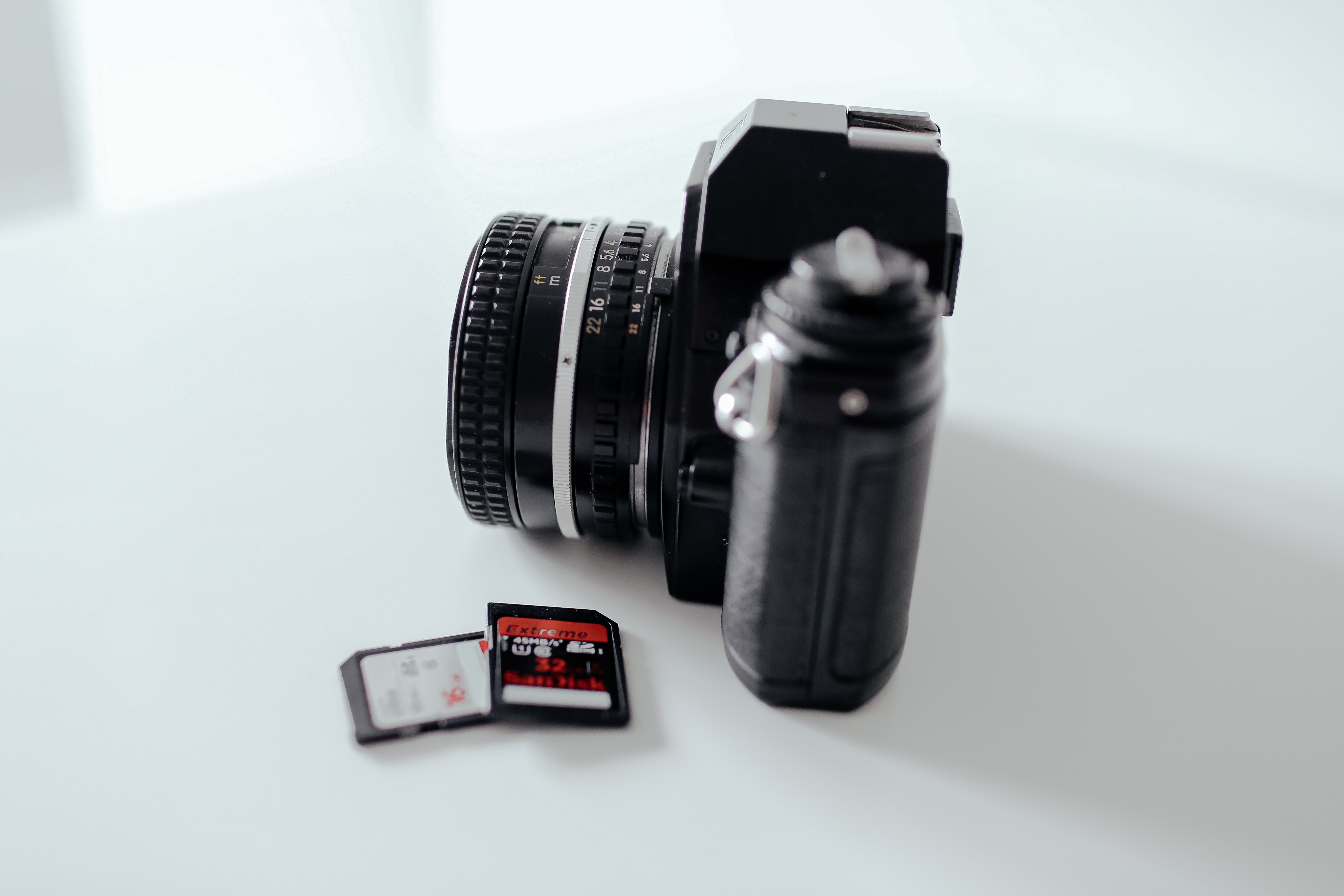You've got deadlines nipping at your heels. You're chasing the latest breaking story. And if you stop to take a breath - even for even just a moment - you've already missed your chance.
Sound familiar? You must be a journalist.
In the world of 24-hour news and constant deadlines, there's an inherent need for speed in journalism that seeps into all aspects of a journalist's workflow. You're constantly on the lookout for new story ideas, trying to pounce on them before anyone else does; you're storyboarding for one project, manually transcribing an interview for another project and fact-checking a third - all at the same time.
Anyone else's eyes going crossed just thinking about this?
Certain parts of the journalistic workflow have to happen quickly to break a story, so the more tasks that can occur simultaneously, the better. Technology offers a way for a lot of journalists' work to happen much faster than traditional methods, or to be completely automated.
One part of the story-building process that's ripe for tech solutions is the post-interview period. There are heaps of ways to make this entire period of time happen really fast and with minimal effort.
We've outlined our top time-saving tips to go from interview to published story in no time. Journalists, prepare to launch into efficiency hyperdrive.
You've put a lot of work into your news story before you even start the interview. You've identified your interview subjects, located their contact information and scheduled an interview; you've sourced a location for the interview; you've scheduled film crew to shoot the interview; you've written your list of interview questions; you've put together a list of the necessary b-roll shots. Finally, after all that, you conduct the interview.
Then you lose the memory card on the way back to the newsroom. Now what?
Backing up your interview video files is probably the least-exciting step in the process, but there are some shockingly fun ways to use modern technology so that your files are saved as soon as your interviewee leaves the room.

Whether you work with SD cards or record video on a mobile device, there are easy solutions to backup your video interviews:
If you film your news interviews on a camera with an SD card, all you need to do is pop the card into a mobile wireless drive that also has wifi. Your files will automatically be sent to the cloud drive of your choice (provided you have access to wifi or 4G) for safekeeping, meaning you've got the file stored both on the drive and in the cloud. That's three storage locations, which makes it three times easier to relax post-interview. And if you have an editor back in the office, they can start work on it immediately.
Mobile phones with high-quality cameras are a great, portable way to film HD video - and video files are easy to automatically back up. There is a range of easy, free apps to do this. The big players are Google Photos and Dropbox, but there's a long list of Android and iOS apps to choose from. Again, you'll need a strong connection to wifi or 4G.
Breaking news: manual transcription no longer works for journalists. It's too expensive and takes too long to meet the demands of the news cycle. Any journalist who still uses people to type their files or - gasp! - types video files themselves needs to embrace artificial intelligence.

There are a lot of benefits that come with automated transcription - in fact, too many to list here. But now that AI transcription software is available on a mobile app, converting video interviews to text files has never been easier, and it offers journalists a way to get their work out fast.
Trint's app for iPhone is an easy way for journalists to record interviews on their mobile and send for transcription. A tap is all it takes to start recording in the Trint app. After the interview is finished, use the app to upload the audio directly to Trint. The audio will be converted to text in less time than the length of the interview. You can then view the transcript from your iPhone or from a desktop computer. You can even use the web-based Trint Editor to change the timecode of the transcript to sync to the interview video file.
Automated transcripts also mean finding the best sound bites for the final cut is easy and fast. Use Trint's Find & Replace feature to locate key parts of the interview - no scrubbing through hours of footage to find a quote. Highlight the sections of the interview you want to edit into the final piece and Trint shows you each highlighted section's time as well as the combined length of all the highlights.
{{cta('098f8277-0ba9-47ae-bb36-4e1ad390575c','justifycenter')}}
No matter how long your final piece is, there's always a way to use small, easy-to-consume cuts of your video interviews. But the prime time to cut this isn't after you've finished editing the final version. It's before.

Tease your audience with the best portions of your video interview content on social media: before putting together the entire piece, cut a few bite-sized video clips (5 - 20 seconds each) that you can drip-feed to your audience before your piece goes to broadcast. These clips will act as a great lead-up to your video going live and generate interest among your social media followers. If your video is published online, you can also use them to get more viewers online long after your video content has been released.
Another way to maximize efficiency is to put together a sizzle reel. Send this to your editor while the final cut is being edited: they'll be able to give you changes before you finish editing to avoid a total re-make of the piece after it's done, as well as schedule it in the production calendar.
--
Automating your journalistic workflow is one of the biggest favors you can give to yourself. Making your work happen by itself is a secret to journalist success.
If you thought converting video to text was helpful, wait until you read our eGuide, 6 Ways Journalists can Save Time and Still Tell Better Stories. Download it now:
{{cta('bc95ff58-cb76-4285-aa83-b45990f5ef56')}}

Michael worked for 8+ years as a manual transcriber in the US and UK before building an in-house transcription department for a mobile-to-web software company. He then moved to content marketing, followed by digital marketing. Michael loves to write about emerging technology, digital trends and the ways technology makes our lives easier.